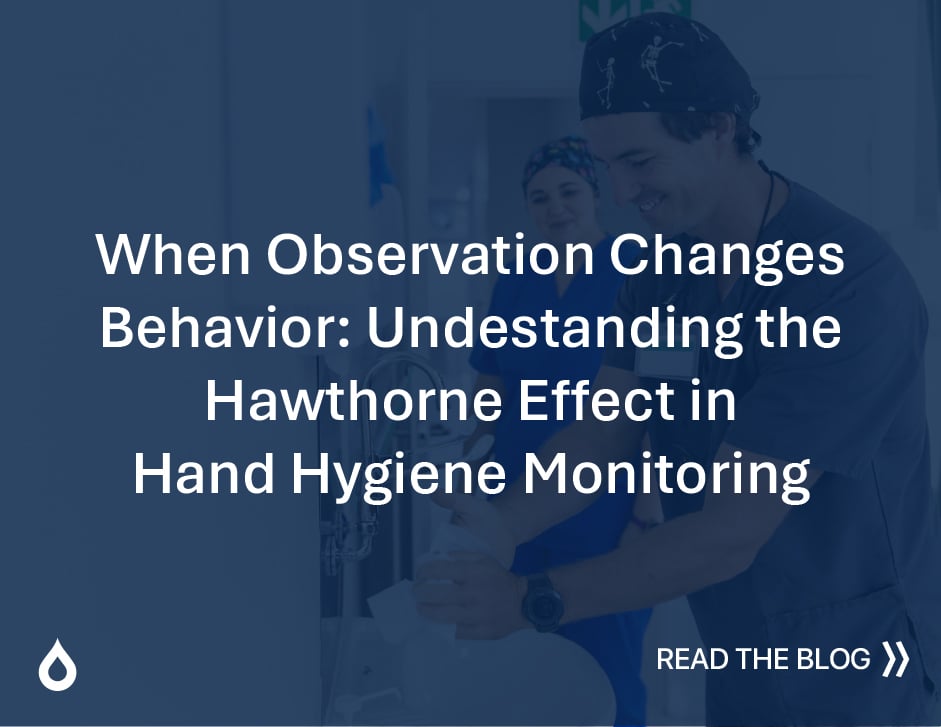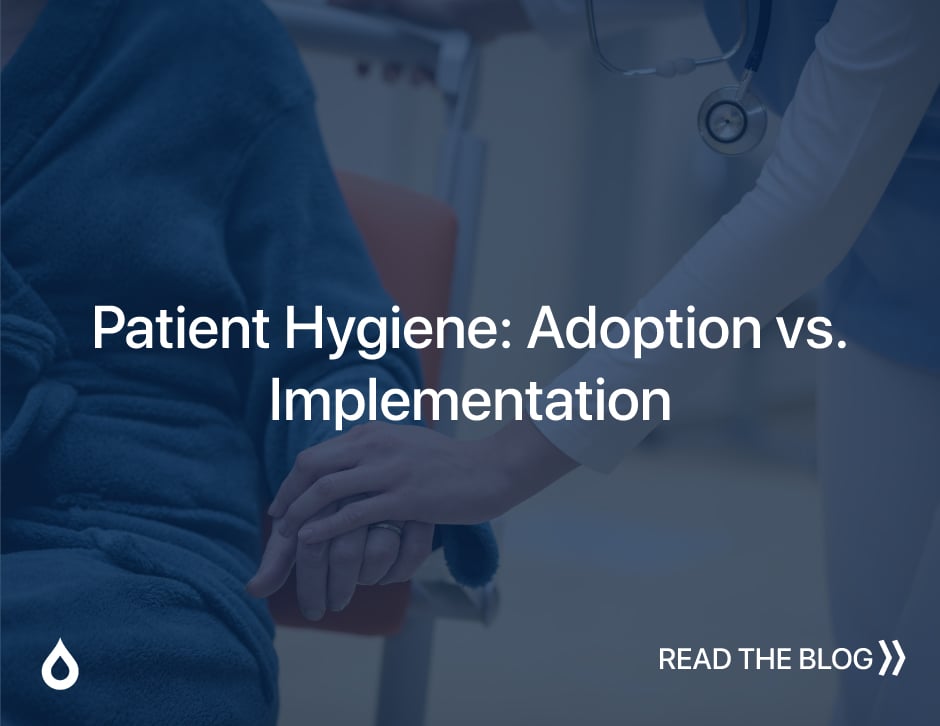Insights from Anne Marie Pettis, MS, BSN, RN, CIC, FAPIC.
Rethinking Patient Hygiene in Infection Prevention
Hand hygiene often gets the spotlight, but patient hygiene includes much more than that. In this episode of the Patient Safety Webinar Series, Anne Marie Pettis discusses the critical role of routine care like bathing, oral hygiene, and linen changes in preventing infections and improving outcomes.
When hospitals overlook these basics, they miss opportunities to improve patient safety in simple, cost-effective ways. Pettis urges infection prevention leaders to elevate hygiene beyond compliance – making it part of daily practice.
What We Often Miss
While policies may be in place, patient hygiene can still be inconsistent across many units. Pettis highlighted examples that underscore the need for attention:
- Oral care can reduce risk of pneumonia, yet it’s often skipped.
- Bath basins are sometimes reused without proper cleaning, introducing harmful bacteria.
- Linen handling issues have been linked to outbreaks when contaminated materials aren’t managed correctly.
These lapses may seem small, but they lead to serious consequences for patients.
Adoption vs. Implementation
Adopting a new hygiene policy isn’t the same as putting it into practice. Pettis emphasizes that real implementation depends on support at all levels – from frontline staff to leadership. Without follow-up and feedback, even strong policies can fade into the background.
She recommends using established implementation frameworks to keep momentum going. In her own experience, one hospital launched a CHG decolonization protocol, only to see it lose traction when leadership didn’t follow through. It’s a common problem: the plan is there, but the systems and accountability to keep it going are not.
Different Roles, Different Motivations
Pettis also explored how different roles across the hospital respond to messaging:
- Physicians often want data and direct outcomes.
- Nurses focus on hands-on patient care and want solutions that improve workflow.
- EVS staff may respond best to clear, task-oriented guidance.
Recognizing these differences helps infection preventionists tailor their communication and drive better engagement.
Hygiene as a Shared Responsibility
Every member of the care team plays a part in making patient hygiene consistent. Whether that means helping a patient brush their teeth, changing linens, or ensuring supplies are stocked – these small actions add up.
Pettis encourages infection prevention leaders to build hygiene practices into daily routines, supported by education feedback, and a culture that values quality care.
Watch the Full Episode
If you missed the live session, the recording is available above. This episode is part of Vitalacy’s ongoing effort to spotlight the real challenges of infection prevention and turn expert insight into action. Visit our website to learn more about how we can improve patient safety at your hospital.
Author
-

Vitalacy is committed to reducing patient harm in healthcare through better hand hygiene and patient safety solutions. Bluetooth-enabled smart sensors and wearables help improve outcomes and Leapfrog Hospital Safety Grades.
View all posts




